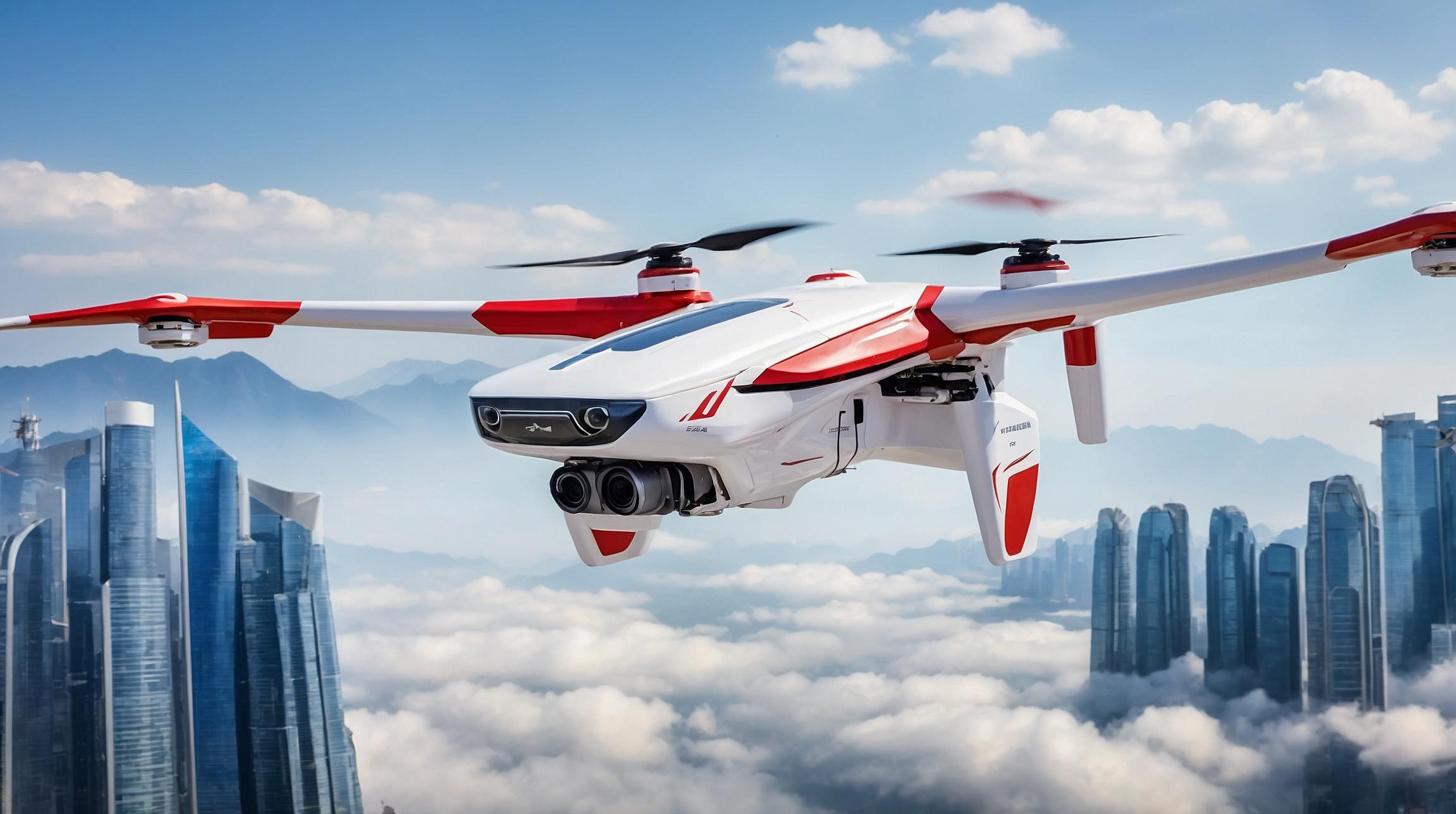China's Low-Altitude Economy: An Overview
China is making significant strides in the development of its low-altitude economy, a sector expected to expand four-fold by 2030 to become a 2-trillion-yuan industry. This burgeoning field is marked by innovative developments in cargo drones and air taxis, technologies that promise to transform both cargo and passenger transport within the nation.
The Rise of Cargo Drones
Recently, China's largest cargo drone, developed by Sichuan Tengden Sci-tech Innovation Co, embarked on a successful test flight. With a payload capacity of 2 metric tons and a wingspan of 16.1 meters, this drone is slightly larger than a Cessna 172, a popular light aircraft. The test flight signifies a major milestone for China, the leading nation in drone manufacturing.
From Prototype to Real-world Application
Following its test run, the cargo drone by Tengden highlights China's growing capability to handle larger payloads. Next year, the state-owned Aviation Industry Corp of China (AVIC) plans to test an even larger drone, the TP2000, also capable of carrying up to 2 tons of cargo but with the ability to travel four times farther than their previous model, the HH-100.
Commercialization of Drone Deliveries
China is already using drones for commercial deliveries. Phoenix Wings, a part of delivery giant SF Express, utilizes drones to deliver fresh produce from Hainan to Guangdong. These cargo drones offer shorter delivery times and reduced transport costs, particularly in urban areas lacking conventional aviation facilities.
The Future of Air Taxis
The potential of air taxis is also being explored. In April, EHang Holdings received a production certificate for its passenger-carrying drone, marking the first certification of its kind in China. This move opens doors for passenger transportation via autonomous drones, potentially revolutionizing urban mobility.
Passenger Helicopter Services
Recently, a manned commercial helicopter service began operations between Kunshun and Shanghai Pudong Airport, cutting travel time to just 20 minutes. Operated by Shanghai NewSky Heli Co, this service expects to transport up to 30,000 passengers annually, showcasing the demand for efficient, short-haul travel solutions.
Economic Implications
The development of the low-altitude economy is seen as a new growth engine for China. The nation's focus on vertical mobility—in cargo and passenger transport—illustrates its commitment to leveraging new technologies to enhance productivity and economic growth. As Shanghai expands its low-altitude routes across the Yangtze River delta, the region is poised for significant advancements in mobility and logistics.













